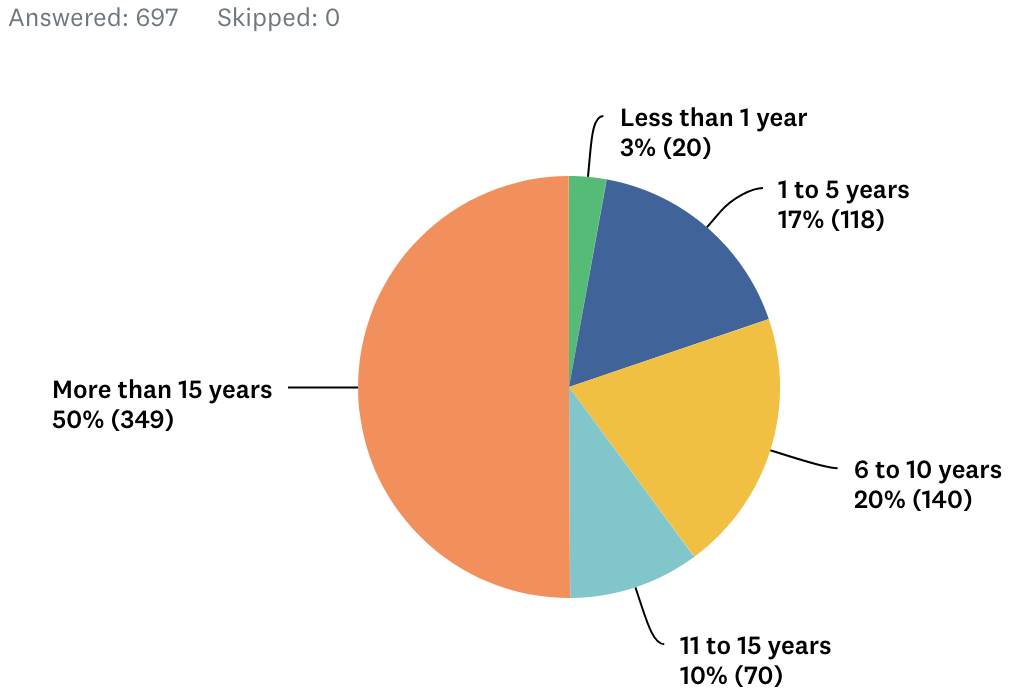Clarifications Regarding Amended and Restated CC&Rs
Last week, we held a productive and informative town hall meeting about the proposed Amended and Restated CC&Rs that you are being asked to vote on. For those unable to attend, the meeting recording is now available (click here).
Recently, assertions and claims have been made by some homeowners across different venues regarding the updated CC&Rs sent out for a vote.
It is up to each homeowner to decide how to vote, and homeowners have the right to express their opinions. That said, the Association has a duty to its members to correct misinformation where possible so you can make an informed decision.
First, the question has come up multiple times as to why there is no redline version of the 1991 CC&Rs to compare changes better. Allusions have been made that this was intentional to obfuscate changes that somehow empower the Board.
As outlined in the “Summary of Key Changes” document available on the website, the age and condition of the existing CC&Rs, the number of revisions, the structural changes and reformatting, and the fact that there did not exist an available editable version of the current 1991 CC&Rs illustrates why a “red-line” of CC&Rs 2022 is not feasible. Even if available, essentially, the entire document would be redlined.
Another question is whether changes to the CC&Rs are legally required. The simple answer is no; they are not. That has never been the driving force.
This effort was initiated in 2015 (there were earlier efforts dating back to 2005 and 2008) to update CC&Rs written in 1991 to improve their clarity, reduce redundancies and bring the Association into compliance with local, state, and federal law. In the process, sections of the CC&Rs were reorganized to make them more user-friendly and updated to reflect the current practices of the Association. In addition, some parts of the CC&Rs were moved to Operating Rules, and some architectural rules and procedures were updated.
Once again, the revision of the CC&Rs is for the benefit of homeowners and no one else.
It has been claimed that the changes transfer ill-advised power to the Board. As evidence, a snippet from Section 16.1 in the proposed CC&Rs is quoted:
“the Board shall have the authority without the requirement of Member approval to amend any provision of the Declaration.”
What is conveniently missing from the quote is the rest of the section, which reads as follows:
“the Board shall have the authority without the requirement of Member approval to amend any provision of the Declaration (i) to resolve any conflict between the Declaration and applicable law which may arise due to the enactment or amendment of a statute or due to a development in applicable case law or (ii) to conform the provisions of the Declaration to changes in applicable statutory law that impose requirements that are non-discretionary in nature.”
The italicized section (that was not quoted) constrains the Board’s authority to modify the CC&Rs to conform to changes in the law. Any updates would have to be recorded with the County and distributed to homeowners. This update allows future Boards to keep the CC&Rs in line with the law without incurring the cost of another vote. It does not, as intimated, give the Board the right to amend the CC&Rs as it sees fit without approval.
Another claim relates to the number of votes required to amend the CC&Rs.
The 1991 CC&Rs require two-thirds of homeowners to vote “yes” to amend them. That’s 1,018 YES votes. A likely infeasible bar since, historically, total votes usually tallies closer to 700-800.
The revised CC&Rs amend the number of “yes” votes to a majority of homeowners. That’s 764 YES votes; still a high bar. Legal counsel recommended this change to bring the CC&Rs in line with modern-day practice and constitutes a reduction of 254 votes. Of course, the required number of votes can be lower, but our legal counsel recommended a vote of at least 50% of the owners to change a critical governing document like the CC&Rs.
Another claim is that Section 3.8 of the proposed CC&Rs allows the Board to sell TKPOA property. However, this is a misleading statement since Section 3.8 reads as follows:
“The Board of Directors shall not in any fiscal year sell or transfer property owned by the Association having a value in excess of five percent (5%) of the budgeted gross expenses of the Association for that fiscal year without approval of a Majority of Quorum of the Association.”
This section restricts the Board from selling Association property valued at more than 5% of the budgeted gross expenses (approximately $190,000). So the Board cannot suddenly decide to sell the central parks, the tennis courts, the pool, or the beach office, as claimed.
This provision was included in the 1996 Bylaws but was moved to the updated CC&Rs as both the Bylaws and CC&Rs were being revised. Since it’s a pretty material clause, it’s better to include it in the CC&Rs as they are harder to update than the Bylaws.
Given homeowners approved the revised Bylaws last year ahead of the CC&Rs, we are currently in an unintentional situation where the Board can sell Association property (which certainly hasn’t happened). Approving the proposed CC&Rs would again limit the Board, counter to what has been claimed.
Another claim is that Section 11.1 gives the Board broad power to change TKPOA’s water supplier. However, reviewing the 1991 CC&Rs, Article VI, Section 1 (b), it doesn’t restrict the Board regarding who supplies water.
Given the ongoing challenges the Water Company has faced over the last decade or more (particularly with the recent uranium contamination) and to clarify for homeowners the Association’s responsibilities, Section 11.1 (b) of the proposed CC&Rs was expanded to read:
“The Tahoe Keys Water Company (TKWC) (or any other water company that the Board determines is responsible for satisfying the Association’s responsibility to supply water to the Tahoe Keys Community), is responsible for planning, maintaining, repairing, and replacing all water company facilities within Tahoe Keys, including all the water lines up to and including the shutoff valve to each lot or unit.”
Another set of claims relates to emergency assessments.
Article IV, Section 3 (b) (ii) of the 1991 CC&Rs outlines the conditions under which the Board may institute an emergency assessment, which is governed by Davis/Sterling (click here), irrespective of what the CC&Rs do or don’t say.
In the proposed CC&Rs, this section was removed as being duplicative (arguably, it could have been retained for clarity purposes to inform homeowners that such assessments existed). However, its removal in no way changes what the Board can and cannot do; Davis/Sterling is quite clear in this regard. The Board cannot, as claimed, enact additional emergency powers to fleece homeowners for their pet projects.
It was also claimed that changes to the proposed CC&Rs omit rather than clarify decades-long policy that allowed landlocked properties to pay reduced HOA fees. This statement is entirely unfounded as the 1991 CC&Rs say nothing about landlocked properties related to a reduction in HOA fees.
You can review the proposed amended and restated CC&Rs for yourself below:
⚠ Module cannot be rendered as the requested content is not (longer) accessible. Contact the administrator to get access.Unrelated to the CC&Rs, it has been claimed that the Board recently approved the merger or sale of the Tahoe Keys Water Company to South Lake Tahoe Public Utility District (STPUD).
The Board has approved NO such “merger.” Rather, it directed Staff to open discussions with STPUD to explore what a consolidation might entail in line with recent recommendations from Farr West, an independent engineering firm brought on to help assess the viable options for the future of the Water Company. Any actual decision regarding such a consolidation, with STPUD or others, is probably six months away and likely to be subject to a homeowner vote.




Responses